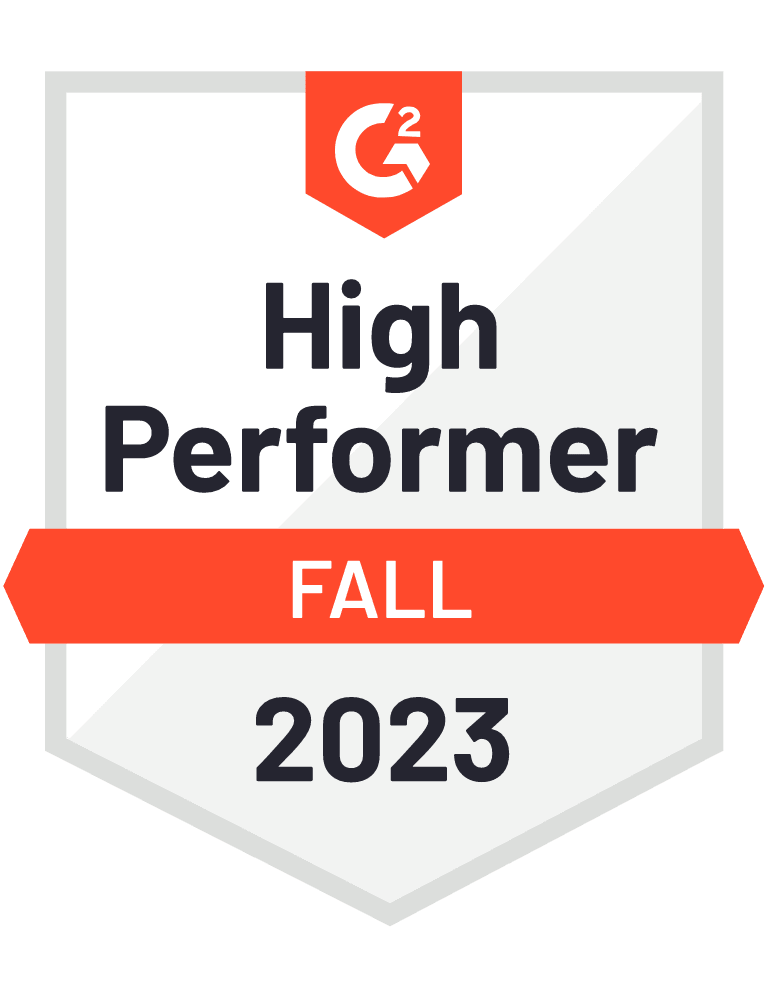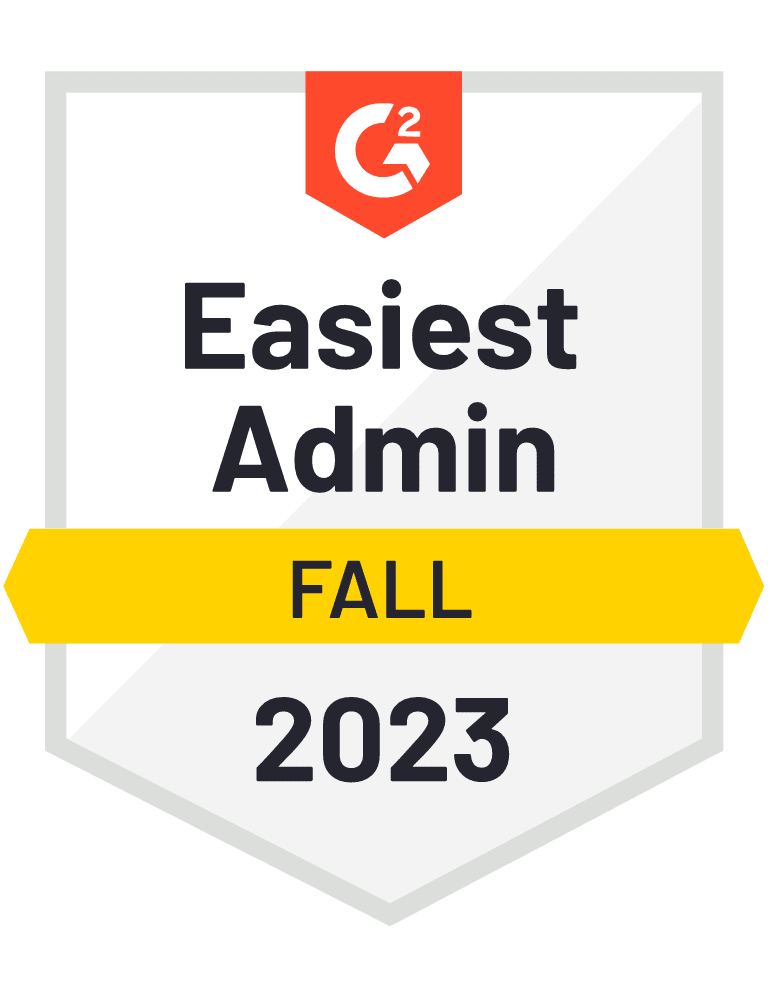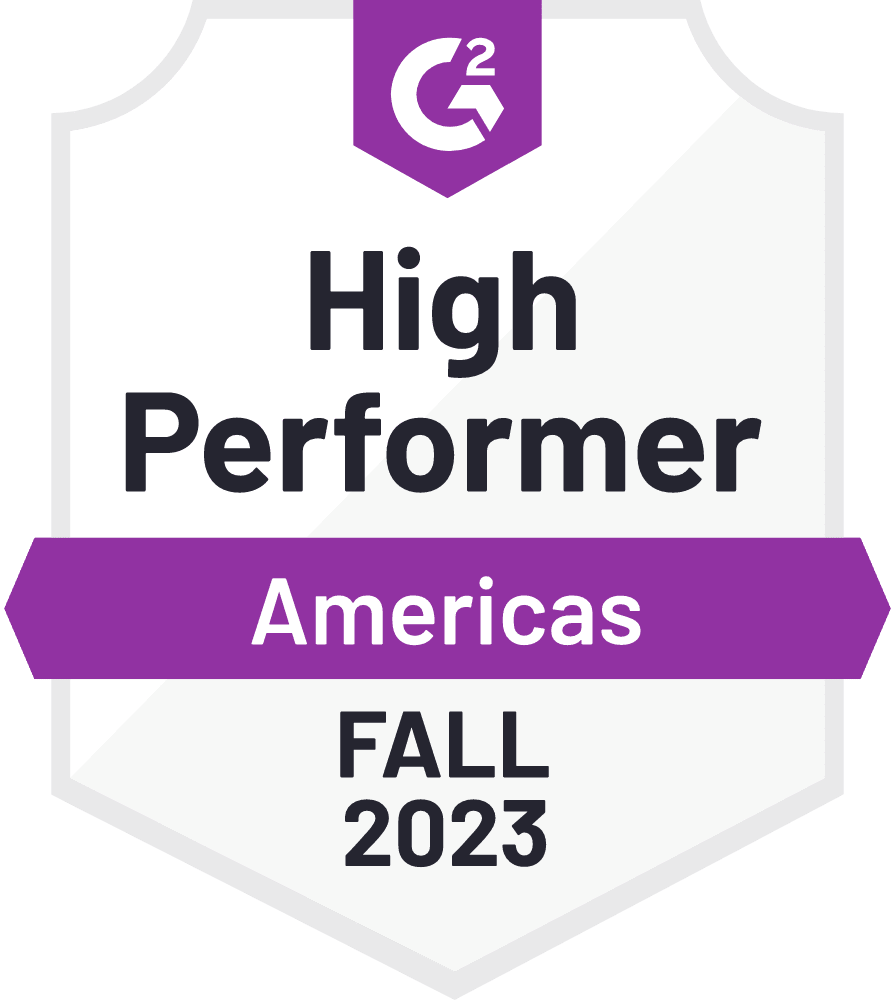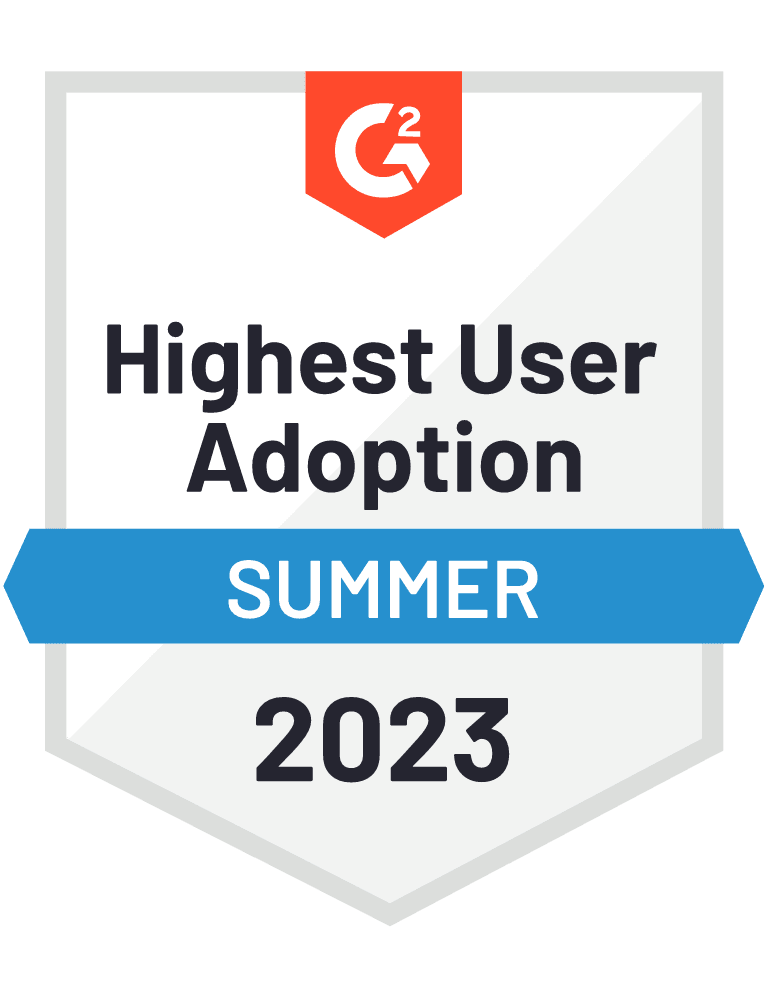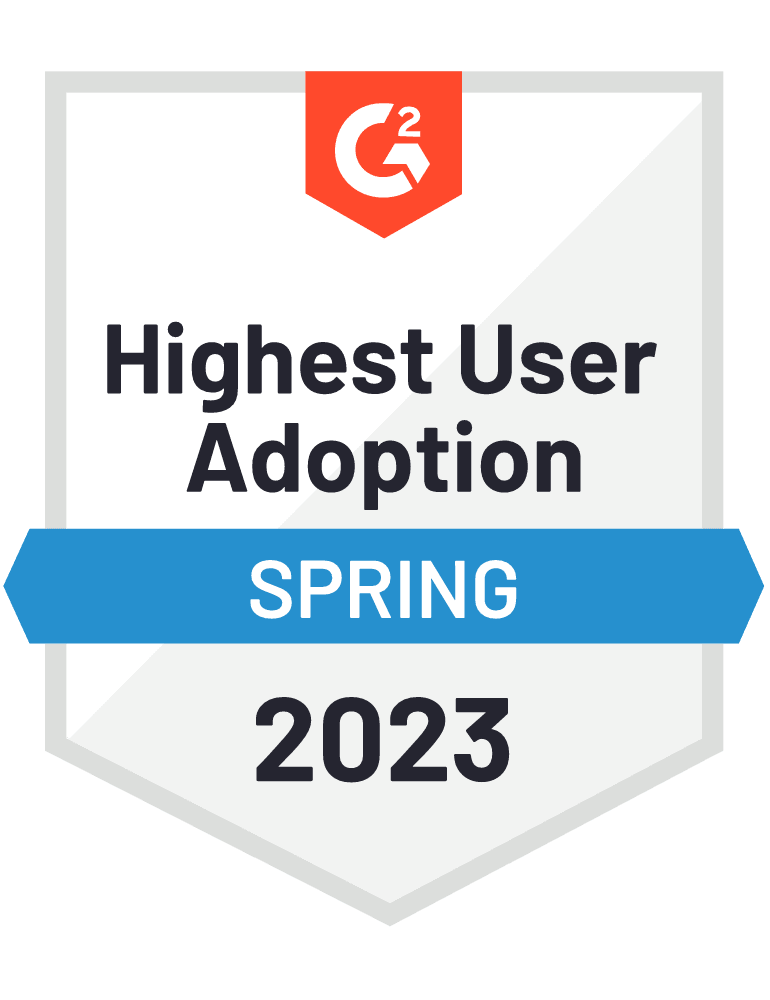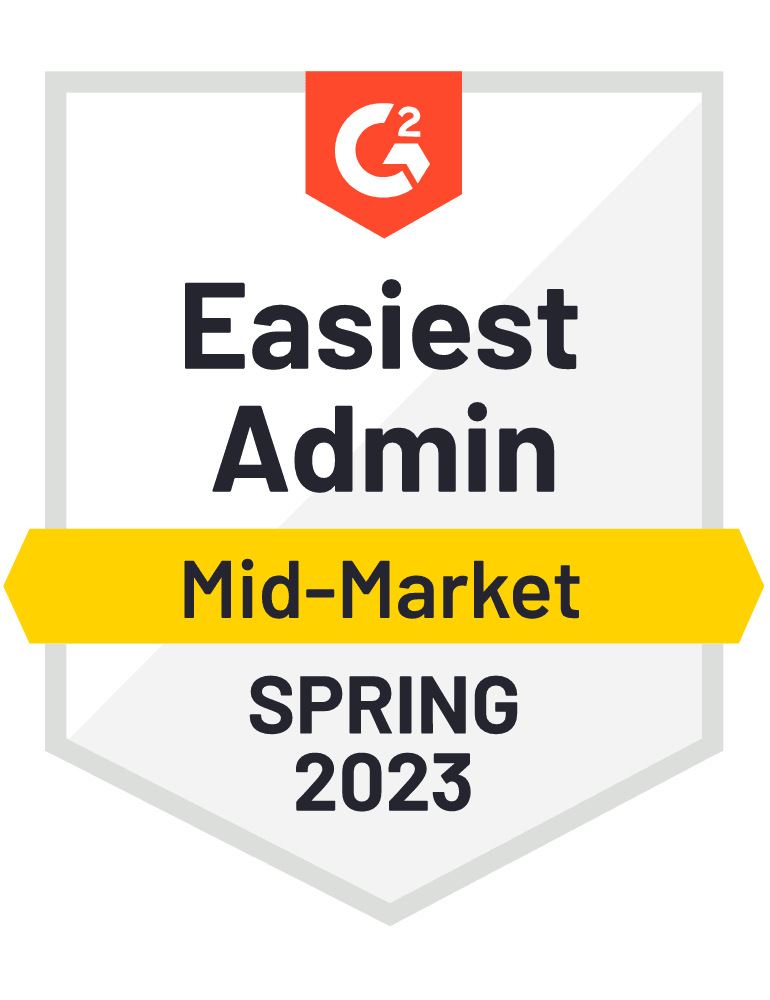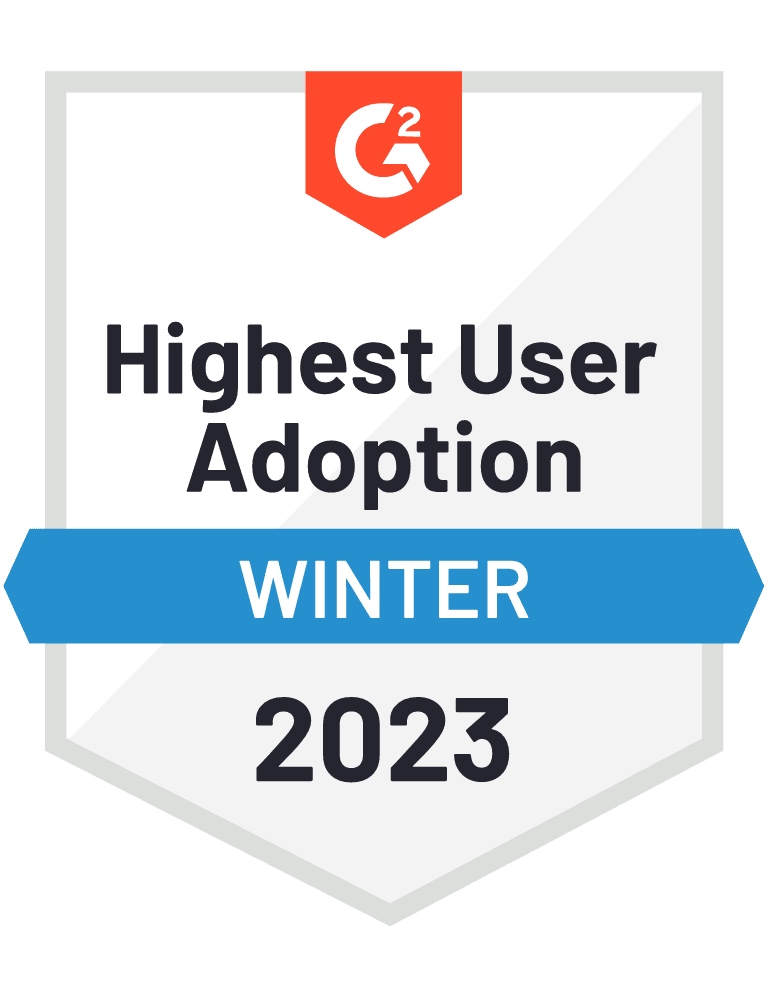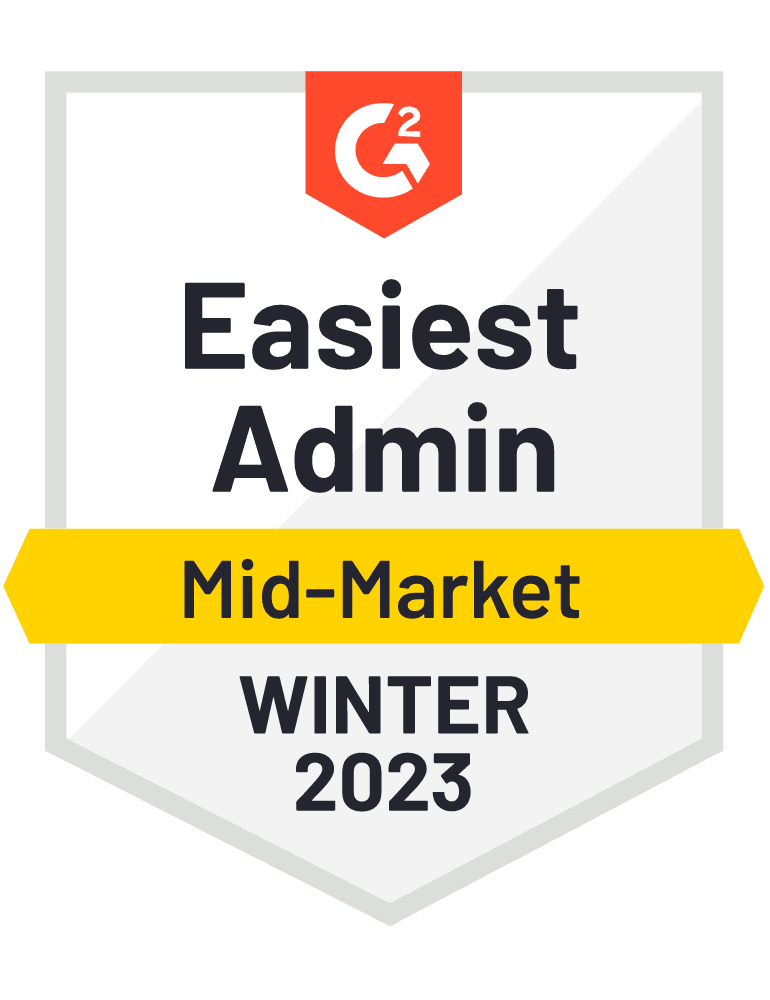Welcome to our Summer 2022 edition of Pay Matters – our roundup of all the payroll and compliance news that you must know.
Read on to stay informed and in compliance with relevant alerts and insights that matter most for your payroll.
IRS Announces 2023 HSA Limits
The IRS has announced a significant increase for 2023 HSA contribution limits for those covered under high-deductible health plans (HDHPs), giving employers time to plan for the coming year.
The updated contributions and out-of-pocket limits are as follows:
HSA Limits
| Contribution and Out-of-Pocket Limits for Health Savings Accounts and High-Deductible Health Plans |
|
2023 |
2022 |
Change |
| HSA contribution limit
(employer and employee) |
Self-only: $3,850
Family: $7,750 |
Self-only: $3,650
Family: $7,300 |
Self-only: +$200
Family: +$450 |
| HSA catch-up contributions
(age 55 or older) |
$1,000 |
$1,000 |
No change
(set by statute) |
| HDHP minimum deductibles |
Self-only: $1,500
Family: $3,000 |
Self-only: $1,400
Family: $2,800 |
Self-only: +$100
Family: +$200 |
| HDHP maximum out-of-pocket amounts
(deductibles, co-payments, and other amounts, but not premiums) |
Self-only: $7,500
Family: $15,000 |
Self-only: $7,050
Family: $14,100 |
Self-only: +$450
Family: +$900 |
Source: SHRM
Remote I-9 Inspection Extended
The Department of Homeland Security (DHS) recently extended their pandemic-related policy allowing employers to inspect Form I-9 documents remotely from April 30, 2022, to October 31, 2022.
Generally, employers must inspect Form I-9 Section 2 documents in the presence of the employee. Under the temporary policy, employers can remotely inspect (video call, fax, email) I-9 documentation for employees hired on or after April 1, 2021, who work exclusively remotely due to COVID-19-related concerns. Once normal non-remote operations resume, employees must report within 3 business days to their employers for a physical inspection of I-9 documents. Employers must then add “documents physically inspected” to Form I-9 with the date of inspection. Meanwhile, employers should enter “COVID-19” as the reason for delay in physical inspection.
For the latest DHS developments, click here.
New York State Budget Includes Minimum Wage Increase for Home Care Workers
New York’s budget that was passed on April 9, 2022, includes a significant increase to home care workers’ minimum wage. Currently, the minimum cash wage for home care aides is $15 per hour in New York City, Long Island, and Westchester, and $13.20 per hour for other parts of New York State. Under the new budget, effective October 1, 2022, the hourly minimum cash wage will increase by $2. Beginning October 1, 2023, the minimum hourly cash wage will increase again by an additional dollar.
The New York Department of Health has yet to officially announce the increase. We will continue to monitor this change as more guidance is released and keep you up to date on the latest developments.
Maine Payout of Unused Vacation
Effective January 1, 2023, Maine employers with more than 10 employees must pay out all accrued, unused vacation time at the time of employee separation. Employees must receive this payment in full no later than their next established pay day.
For more information, click here.
District of Columbia to Increase Minimum Wage
As of July 1, 2022, minimum wage in the District of Columbia will increase from $15.20 per hour to $16.10 per hour for all employees, regardless of employer size. The base minimum wage for tipped employees will increase from $5.05 per hour to $5.35.
Now is the time to review your employees’ pay rates and make any changes necessary to ensure compliance with the upcoming minimum wage increase.
District of Columbia Expanding Paid Family Leave
The District of Columbia announced that due to sufficient funding of the paid family leave program, they will be reducing the employer contribution rate as well as increasing benefits.
As of July 1, 2022, the District of Columbia Paid Family Leave (PFL) tax rate will decrease from 0.62% to 0.26%. The PFL tax is an employer tax paid on wages of covered employees.
The District of Columbia is also preparing to expand benefits under the PFL program, though an effective date has yet to be announced. Employees are expected to be eligible for 12 weeks (up from 8) of paid leave for the birth, adoption, or fostering of a child. Employees will also be eligible for 12 weeks (up from 6) to care for a family member with a serious health condition or to care for their own serious health condition.
Generally, employees will be eligible for no more than 12 weeks of PFL in a year, regardless of the number of qualifying events.
For more information, click here.
Maryland Enacts Paid Family Leave Program
Maryland has passed legislation (S.B. 275) establishing a family and medical leave program providing paid leave and job protection for employees who need time off from work for certain qualifying family and medical events.
Under the law, benefits will begin January 1, 2025. The program will be funded by a payroll tax covering employers with 15 or more employees. The tax will begin October 1, 2023, and will be shared by both employees and employers. More details on the tax rate and the employee/employer split will be forthcoming.
To be eligible to receive benefits, employees must have worked at least 680 hours in the 12-month period immediately preceding the leave. Employees are eligible to take leave for the following qualifying reasons:
-
- To care for a child during the first year after birth, fostering, or adoption
- To care for a family member with a serious medical condition
- For one’s own serious medical condition
- To care for a service member who is a family member
Covered employees are eligible for up to 12 weeks of paid leave during each 12-month period, though there are specific situations that allow additional leave. Upon return to work, employers must restore the employee to the same or an equivalent position.
Employers must provide employees with written notice of their rights under the law at the time of hire and annually thereafter. The Maryland Department of Labor will be providing a sample notice.
California Supreme Court Rules Payments for Missed Breaks Are Wages
In the recent case Naranjo v. Spectrum Security Services Inc, the California Supreme Court ruled that any extra pay that an employer must pay an employee for time worked during their meal break is considered wages. The extra pay must be paid timely and reported as wages on employees’ pay stubs. These payments are also subject to California final pay requirements.
California law includes extensive meal and break requirements that vary depending on the number of hours an employee works in a year. For more information on CA meal and break regulations, click here.
California Mandated Retirement Plan
By June 30, 2022, employers of 5 or more employees in California must offer a retirement savings plan or opt into the state-sponsored CalSavers program. This requirement has already been in effect for employers of more than 100 employees as of September 30, 2020, and of more than 50 employees as of June 30, 2021.
New Mexico Paid Sick Leave Is Coming Soon
New Mexico paid sick leave is almost here.
Effective July 1, 2022, all New Mexico employers with at least one employee will be required to provide paid sick leave to employees.
Under the law, employers must grant 1 hour of accrued paid sick leave for every 30 hours worked but can limit the use of sick leave to 64 hours per 12-month period. Alternatively, employers can front load 64 hours of paid sick leave to employees on January 1 of each year. Unused sick leave must be carried over to the following year, but employers can limit use to 64 hours per year.
There is no waiting period for accrual or use. Earned sick leave begins to accrue at the start of an employee's employment or July 1, 2022, whichever date is later. Employees can use paid sick leave as it accrues.
Employees can use paid sick leave for:
-
- Their own or a family member’s mental or physical illness, injury, or health condition
- Their own or a family member’s medical diagnosis, care, or treatment
- Their own or a family member’s preventative medical care
- Meetings at a child’s school or place of care related to the child’s health or disability
- Domestic abuse, sexual assault, or stalking suffered by the employee or a family member of the employee so long as the leave is required for the employee to do any of the following:
-
-
- Obtain medical or psychological treatment or other counseling
- Relocate
- Prepare for or participate in legal proceedings
- Obtain services or assist a family member of the employee with any of the above
Employers must notify their employees of their rights under the law by displaying a poster in the workplace and providing a notice to employees upon hire. The state will provide notices and posters for employers’ use.
Local Minimum Wage Updates:
-
- Effective July 1, 2022, minimum wage in Berkeley, California, will increase from $16.32 per hour to $16.99 per hour.
- Effective July 1, 2022, minimum wage in Emeryville, California, will increase from $17.13 per hour to $17.68 per hour.
- Effective July 1, 2022, minimum wage in Fremont, California, will increase from $15.00 per hour to $16.00 per hour.
- Effective July 1, 2022, minimum wage in Malibu, California, will increase from $15.00 per hour to $15.96 per hour.
- Effective July 1, 2022, minimum wage in Milpitas, California, will increase from $15.65 per hour to $16.40 per hour.
- Effective July 1, 2022, minimum wage in San Francisco, California, will increase from $16.32 per hour to $16.99 per hour.
- Effective July 1, 2022, minimum wage in Santa Monica, California, will increase from $15.00 per hour to $15.96 per hour.
- Effective July 1, 2022, minimum wage in Alameda, California, will increase from $15.00 per hour to $15.75 per hour.
- Effective July 1, 2022, minimum wage in Santa Monica, California, will increase from $15.00 per hour to $15.96 per hour.
Disclaimer: It is always your responsibility as the employer to review/audit your pay practices for compliance with all relevant federal, state, and local laws and regulations. Viventium does not provide tax or legal advice and does not take responsibility for the compliance or consequences of your pay practices.
This information is for educational purposes only, and not to provide specific legal advice. This may not reflect the most recent developments in the law and may not be applicable to a particular situation or jurisdiction.

